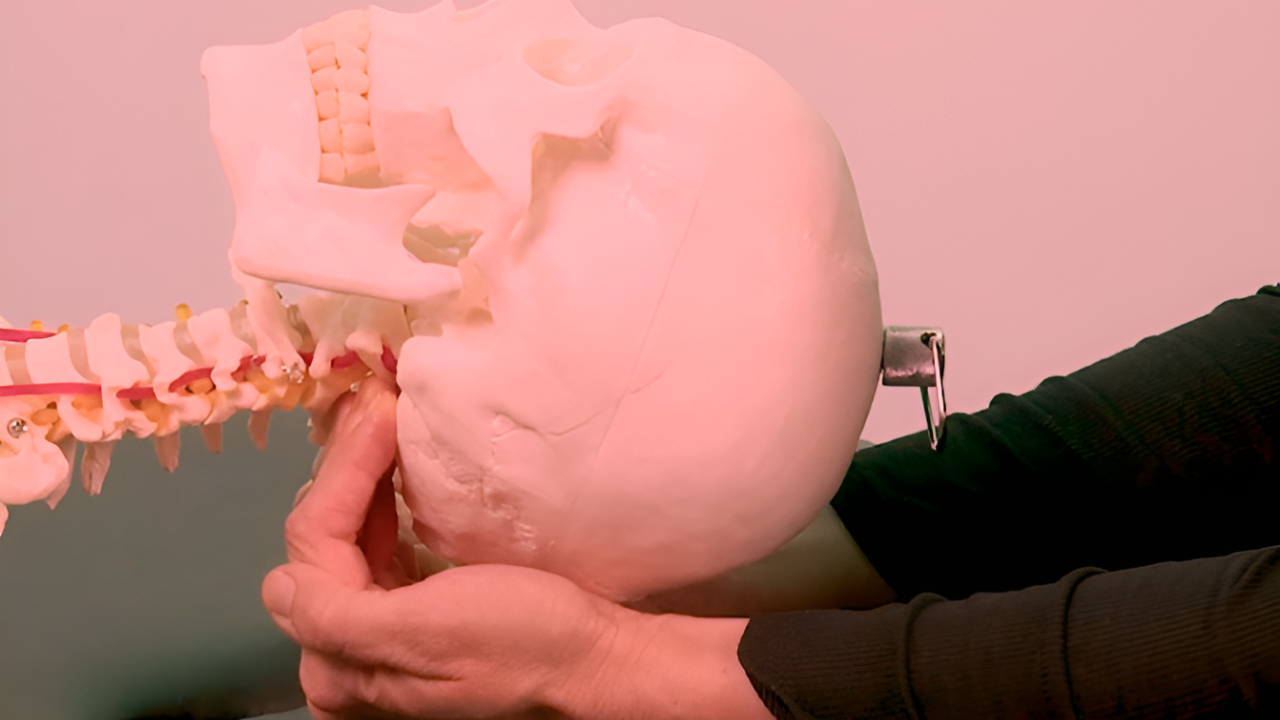Trigger Point Therapy - Gmed Causing MCL Pain and Meniscal Pain
Stretching the GMed - Dr. Jonathan Kuttner
A tight muscle will pull the joint into a dysfunctional position, and a weak muscle will allow it to happen
There are other factors regarding the Gluteus Medius (Gmed) that need to be taken into account when it is a question of medial or lateral knee pain: “medial knee drift,” which is a valgus position of the tibiofemoral joint; and, less common, “lateral knee drift,” which is a varus position of the tibiofemoral joint.
When a client or athlete consults their physical therapist with knee pain, they might have been told that one of the causes of their knee pain is a weakness found in the Gmax or Gmed.
Is it not logical to try to understand the concept of how a weakness of the glutes is responsible for their knee pain?
The Gmed posterior fibers assist the Gmax in controlling the alignment of the hip through the knee to the foot during the gait cycle.
If for some reason the Gmed posterior fibers are weak, the knee can drift medially when walking or running.

The knee joint, showing the meniscus and the MCL.
Which muscle is antagonistic to the Gmed? The answer is the adductors, and if there is an underlying factor that causes the adductors to become tight and shortened (such as trigger points), this might in turn be a causative factor for weakness of the Gmed posterior fibers.
If the adductors are short, they are generally in a hypertonic state. In this case, when we contact the ground during the gait cycle, the main stabilizing muscle of the lateral sling should be the Gmed, as this also keeps the alignment of the pelvis.
Compensation Patterns
If the adductors receive more neural stimulus from the obturator nerve (as when the adductors have become the main stabilizing muscle instead of the Gmed), this compensation pattern will naturally take the hip into an increased medial rotation, adduction, and hip flexion.
As a result, the knee drifts medially (valgus position) because of the increased medial rotation of the femur caused by the hypertonic adductors and the weakened Gmed.
As this compensation pattern continues it can be precursory to loading of the MCL and the underlying attachment to the medial meniscus because of the altered biomechanics.
Moreover, the lateral meniscus can also be involved owing to a compressive force caused by the increased valgus position of the knee.

Adductor Magnus - Common trigger point sites
Lateral Knee Drift
Because of the varus position, lateral knee drift is rarely seen in the sports injury clinic. There is limited information in the literature about this condition and many physical therapists may not be aware of it.
Lateral knee drift can be observed in a patient performing a single-leg squat if they have a weakness in their Gmed or Gmax. It can also occur when an athlete is running and they have an anterior-tilted pelvis with a forward trunk position. At heel-strike the knee can be forced into a lateral shift so that the
Gmed is offloaded and the foot/ankle is forced into a more supinated position.
This excessive lateral drift of the knee will place increased strain on the medial meniscus because of the increased compression of the varus position; it can also overload the ITB and the popliteus muscle.
About the Author
John Gibbons is a qualified and registered osteopath with the General Osteopathic Council, specializing in the assessment, treatment, and rehabilitation of sport-related injuries. Having lectured in the field of sports medicine and physical therapy for over 12 years, John delivers advanced therapy training to qualified professionals within a variety of sports.
Find a Trigger Point Professional in your area
Dry Needling for Trigger Points
Certify as a Trigger Point Therapist
Trigger Point Courses:
This trigger point therapy blog is intended to be used for information purposes only and is not intended to be used for medical diagnosis or treatment or to substitute for a medical diagnosis and/or treatment rendered or prescribed by a physician or competent healthcare professional. This information is designed as educational material, but should not be taken as a recommendation for treatment of any particular person or patient. Always consult your physician if you think you need treatment or if you feel unwell.

Learn More for Less

Unlimited access to all courses for just $19.95/mo











